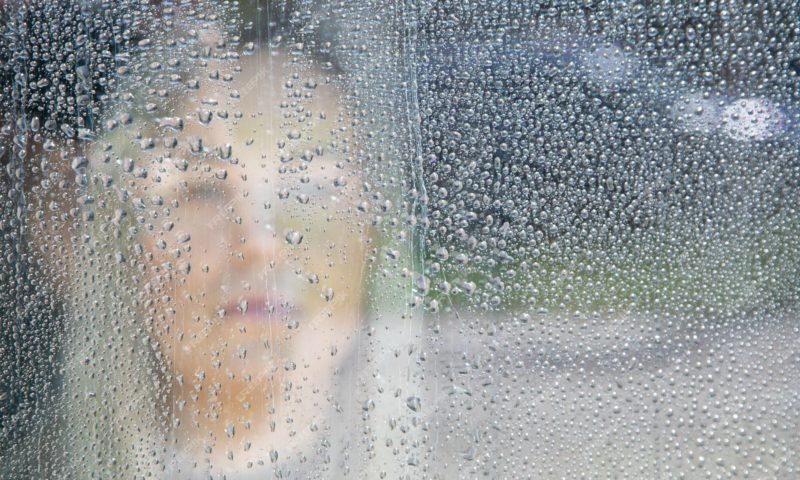Winter means cold and dark days for everyone and, for some folks, a dose of SAD.
People suffer from Seasonal Affective Disorder (SAD) as a result of the lack of sunshine that is thought to trigger a chemical change in the brain, leading to a type of depression that medical and behavioral experts say can be offset by light therapy, psychotherapy, antidepressants, and simply talking about it with a friend.
SAD usually starts during adulthood, gets worse with age, and affects women more often than men. And it abounds in Washington. Compared to the rest of the states, Washington has the third-highest rate, due to temperatures averaging in the 40s, persistent rain and grayness, and a grand total of about 400 hours of sunlight during winter, according to a national study by Mattress Next Day.
“Unfortunately, some people with SAD can have symptoms up to five months of the year,” said Dr. Jeff Eisen, chief medical officer of MultiCare Health System’s Behavioral Health Network. “This condition can affect all aspects of someone’s life, including their ability to work productively or socialize with their loved ones.”
Experts at Johns Hopkins Medicine say the most common symptoms of SAD include:
- Increased sleep and daytime drowsiness.
- Loss of interest and pleasure in favorite activities.
- Social withdrawal and increased sensitivity to rejection.
- Irritability, anxiety, and feelings of guilt and hopelessness.
- Fatigue or low energy.
- Decreased sex drive.
- Decreased ability to focus, concentrate, or think clearly.
- Increased appetite, especially for sweets and carbohydrates, and weight gain.
- Physical problems, such as headaches.
According to the American Psychiatric Association, SAD sufferers experience mood changes and symptoms similar to depression. The most difficult months tend to be January and February. While much less common, some people experience SAD in the summer. About 5 percent of adults in the U.S. experience SAD for about 40 percent of the year.
SAD is more than just “winter blues.” The symptoms can be distressing, overwhelming, and can interfere with day-to-day functioning.
As seasons change, people experience a shift in their biological internal clock or circadian rhythm that can cause them to be out of step with their daily schedule. SAD is more common in people living far from the equator where there are fewer daylight hours in the winter.
SAD can’t be prevented, but that doesn’t mean anyone has to suffer through symptoms that are life-threatening or disruptive, Eisen said. He said a good first step is having a primary-care physician assess the symptoms and refer a patient to a mental health specialist, if needed. Connecting with family or friends can also be helpful.
“One of the most important things people can do is talk about their concerns and feelings with someone they trust,” Eisen said. “Sometimes people who experience SAD or other forms of depression may be hesitant to reach out. If we could talk about mental health concerns as openly as we talk about diabetes or high blood pressure, then we could erase some of that stigma and create more opportunities for people to get the help they need.”
The Mattress Next Day study ranked the five states where SAD is most prevalent. At the top is Alaska (not surprising given its scarcity of sunshine and temperatures as low as minus-2), followed by New York, Washington, Vermont, and Michigan. Oregon, among others, was high on the SAD register, too.
At the other end of the spectrum, people in Arizona, Nevada, and New Mexico are the least likely to suffer from SAD, due largely to milder temperatures.
